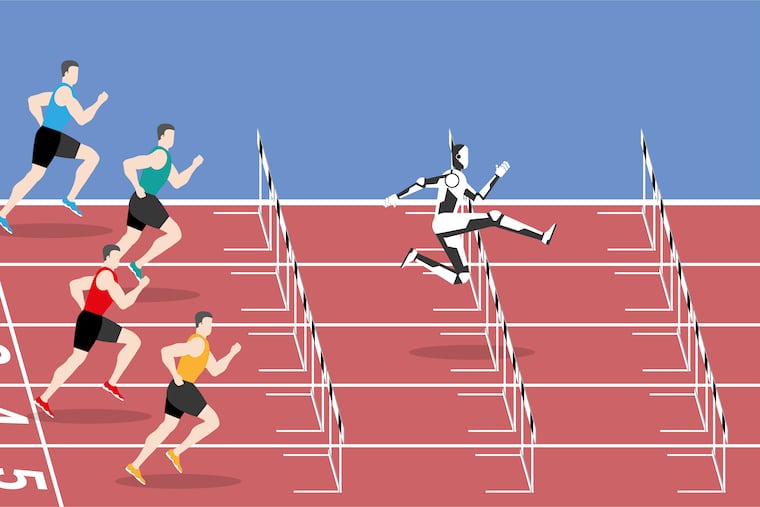Irish Conductor Finds Relief from Parkinson's with Cutting-Edge Deep Brain Stimulation

A renowned Irish music conductor is experiencing a remarkable improvement in his Parkinson's symptoms thanks to a pioneering application of deep brain stimulation (DBS). This innovative surgical procedure, offering hope to those battling the debilitating effects of Parkinson's disease, involves the implantation of electrodes into specific areas of the brain. These electrodes are then meticulously controlled by a small, battery-powered device, allowing for precise modulation of brain activity.
Parkinson's disease, a progressive neurological disorder, affects movement, often leading to tremors, rigidity, slowness of movement, and postural instability. While medication can help manage symptoms, it often becomes less effective over time, and side effects can become a significant concern. This is where DBS offers a potentially life-changing alternative.
How Deep Brain Stimulation Works
The procedure itself is complex and requires a team of highly skilled neurosurgeons, neurologists, and technicians. Before surgery, patients undergo extensive brain imaging and neurological assessments to precisely identify the target areas for electrode implantation. These areas are crucial for motor control and are affected by the disease process in Parkinson's.
During the surgery, electrodes are carefully inserted into the brain, guided by advanced imaging techniques. Once in place, these electrodes deliver mild electrical impulses to the targeted brain regions. The battery-powered device, typically implanted in the chest, sends these signals wirelessly to the electrodes. Crucially, patients can adjust the stimulation levels themselves, in consultation with their medical team, to optimize symptom control and minimize side effects.
A Conductor's Story: Reclaiming the Baton
The Irish conductor, who wishes to remain anonymous, had been battling Parkinson's for several years. His condition had progressively worsened, impacting his ability to conduct with the precision and expressiveness that had defined his career. Simple tasks like raising his arms, maintaining a steady tempo, and conveying nuanced musical directions became increasingly challenging.
“It was devastating,” he explained. “Music is my life, and to feel that slipping away was incredibly difficult. I tried medication, but the side effects were significant, and the relief was short-lived.”
Following the DBS surgery and subsequent programming of the device, the conductor has reported a significant improvement in his motor skills and a reduction in tremors. He is now able to conduct with renewed confidence and artistry, bringing joy to audiences once again.
The Future of DBS
While DBS is not a cure for Parkinson's disease, it can dramatically improve the quality of life for many patients. Ongoing research is focused on refining the procedure, identifying optimal target areas, and developing more sophisticated stimulation algorithms. Furthermore, DBS is being explored as a potential treatment for other neurological disorders, such as essential tremor and dystonia.
The success story of the Irish conductor highlights the potential of DBS to restore function and hope for individuals living with Parkinson's disease, demonstrating the power of medical innovation to overcome even the most challenging neurological conditions. It’s a testament to the dedication of medical professionals and the resilience of the human spirit.






